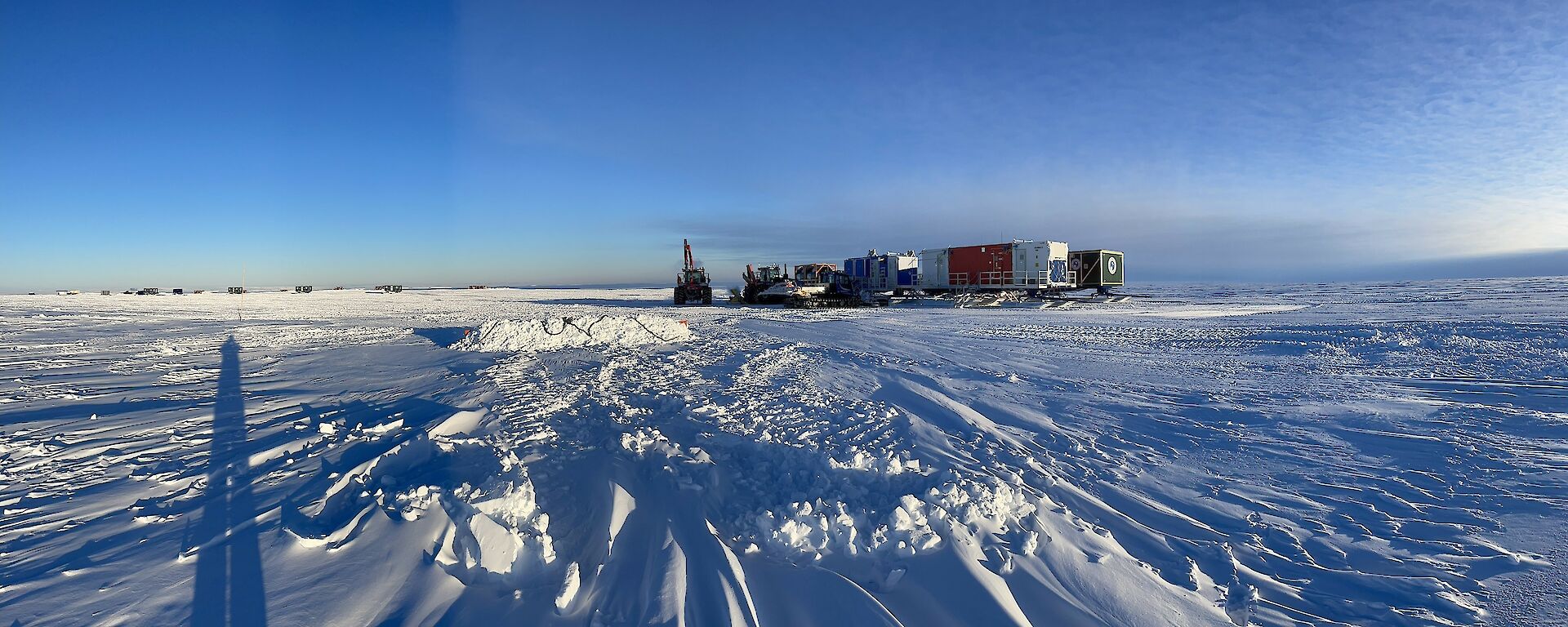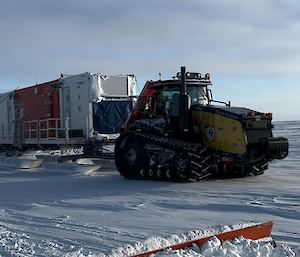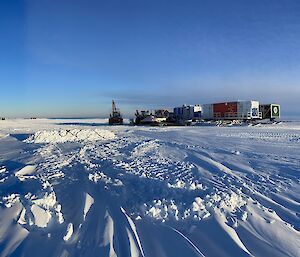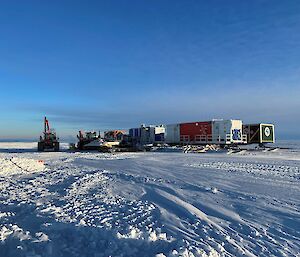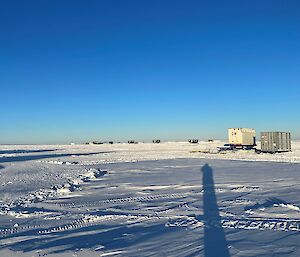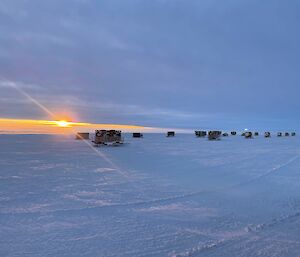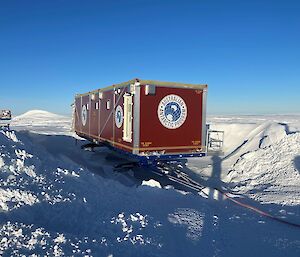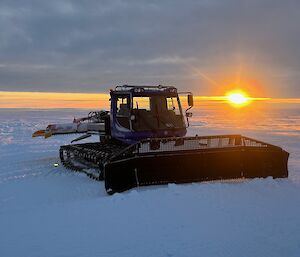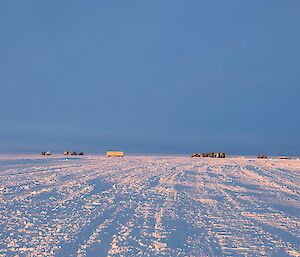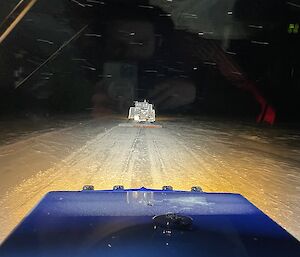When you think about an Antarctic traverse, you think about the amazing photos of a convoy of tractors, slowly making their way through some harsh conditions in order to get to either a drill site or resupplying a deep field camp. And in summer, that’s exactly what Antarctic traversing is. But what does a wintering traverse team do? Do we traverse in winter? Does all the equipment sit dormant over the winter period? The answer is no, we don’t traverse in winter, apart from smaller scale traverses to service automatic weather stations. And yes, we do have winter traverse teams. This season is the second year that Australia has had dedicated winter traverse teams since we stopped traversing in 90s.
And finally, what does the equipment do in winter? About a third of it is used for various jobs like cargo movements and snow clearing. In addition to these tasks, it all comes through the workshop to have its annual services and repairs done, as well as any improvements made.
But in general, the main items we do throughout winter is to maintain everything to do with traverse and the Million Year Ice Core (MYIC) project, so that everything is ready for deployment in November when it is all required to head back up to Little Dome C (LDC). This includes but is not limited to all of our tractors, snow groomers and living quarters, as well as food and parts stocktakes, cargo movements and any payload reconfiguring that is possible to complete through winter.
Part of this winter maintenance is to maintain our little piece of real estate, officially called the traverse laydown area, but we like to call it “the Goat Yard”. The Goat Yard is a 1600 m² area, about four kilometres southeast of the Casey Ski Landing Area, where we store all of our larger ticket items. Currently we have a range of 20 foot and 40 foot sleds with cargo, such as our sleeping/living quarters, ISO fuel tanks, storage containers, inland station infrastructure and finally, the Million Year Ice Core drill mast. These sleds accumulate a lot of snow. The 24 sleds that are currently up there need to be checked, kept free of snow, and parts are brought back to station to have work carried out on them.
Last month, the traverse team spent a few days camping at the Goat Yard. The job was to start the final preparations for the arrival of the summer traverse team, to enable traverse mobilisation to happen as smoothly as possible. We moved and repositioned all the sleds and payloads, levelled out the whole area as well as reconfigured some payloads so they were ready to go. We also got some vital real-world testing done with our traverse generator van, which arrived earlier this year and is due to go on its first traverse this coming summer season. In the end we were limited to two days up there. Due to a storm front that we were monitoring, we ended up returning late on the second day, which in the end was the right call, because we woke up the next day to 50 knot winds. Due to our traverse living quarter having work done on it, we utilised the old traverse living quarter. The ITASE living quarters is now just used for small scale traverses and it was perfect for a few comfortable nights away. We also utilised one of our brand-new inland station sleeping quarters to ensure it was ready, as it is planned to be transported up too Little Dome C for the coming season. It will likely remain there until the end of the Million Year Ice Core project.
It was a successful trip with one of the best weather days this winter, with clear skies and temperatures down to -35°c and a fantastic sunset. We certainly ended up doing the trip at a great time. And we all took time at the closing of the second day to take in such a fantastic sunset.
Nate Payne
Traverse Capability Mechanical Supervisor

